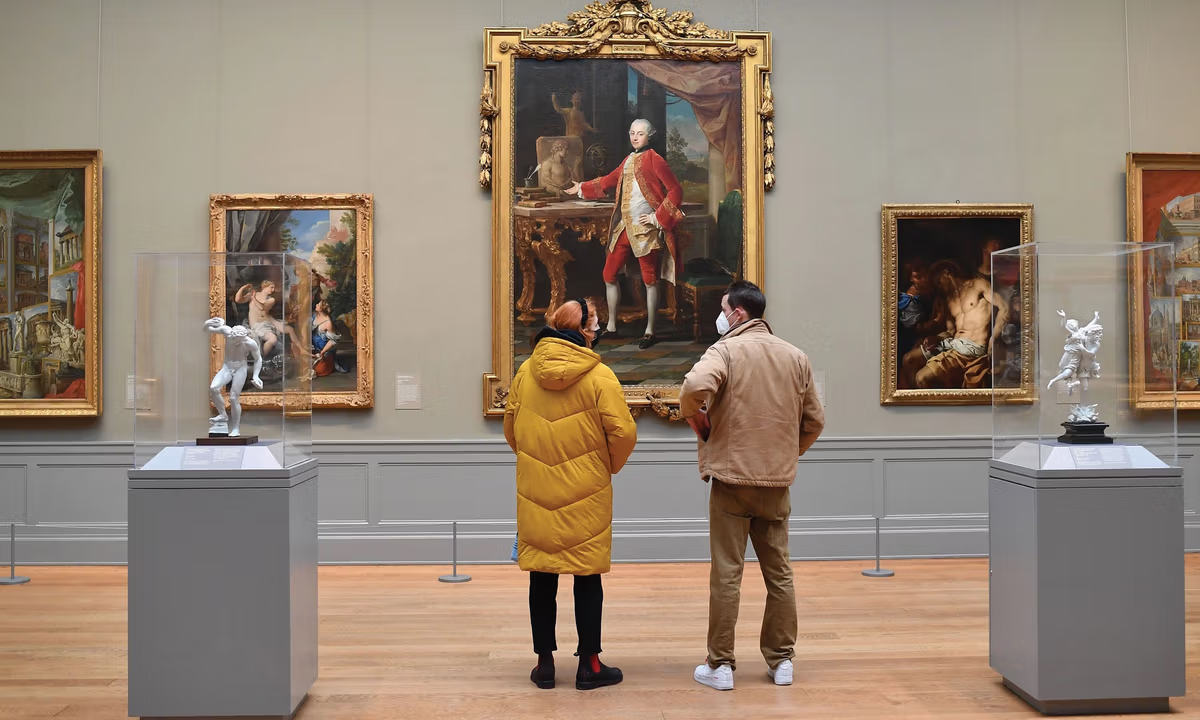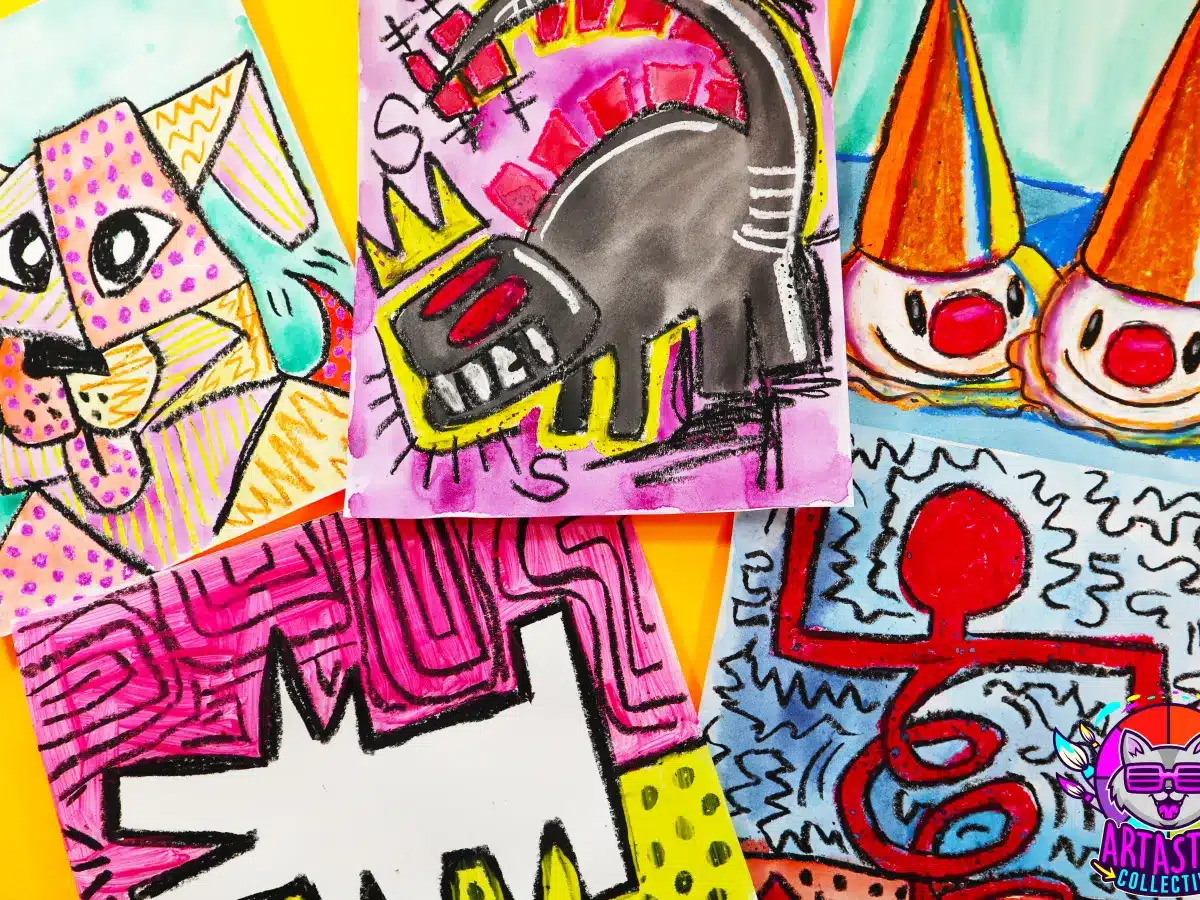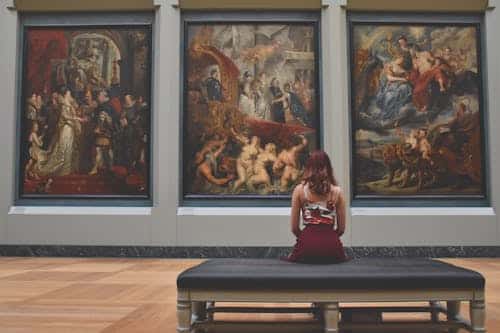Learning as a family can be an exciting way to connect, build memories, and spark curiosity. Art and history offer endless opportunities for exploration, bringing together creativity, culture, and shared experiences. These subjects allow families to dive into hands-on projects, visit intriguing places, and discover stories that inspire both kids and adults.
Whether it’s creating art at a community workshop or exploring the rich stories behind historical landmarks, the possibilities are endless. Each activity offers a chance to learn together while appreciating the world’s diversity and history. This guide will highlight engaging ways for families to explore art and history while fostering creativity, understanding, and teamwork.
Visiting Museums and Cultural Exhibits

Museums offer families a chance to experience art and history up close. Exhibits often showcase inspiring works or artifacts that tell fascinating stories about different cultures and eras. Many museums now feature hands-on sections or family-focused events, making it easier for kids to stay engaged while learning something new.
To enhance the experience, families can use activity guides, participate in workshops offered by the museum, or join interactive sessions led by curators. These additions help transform a simple visit into a lively and memorable adventure. Families leave with knowledge and also with shared experiences that they can reflect on and discuss long after the visit.
Exploring Programs for Artistic Expression
Local art initiatives provide accessible opportunities for families to dive into creative activities. Workshops and drop-in classes are common these days. They encourage families to work on projects together, share ideas, and discover new skills. They also create a shared sense of achievement when the group finishes a project.
For families interested in performing arts, arts and theatre programs for kids and adults are an excellent option. Whether it’s acting in a play, designing costumes, or learning stagecraft, these activities build confidence and foster teamwork. Working on performances or art projects as a family also helps deepen relationships while exposing everyone to new artistic experiences.
Diving Into History Through Landmarks and Stories
Exploring local history allows families to connect with the stories and events that shaped their community. Visits to historical landmarks, battlefields, or heritage sites often reveal details about everyday life in the past. These excursions give everyone a chance to experience history firsthand and build a stronger connection to their surroundings.
Families can make the experience more engaging by incorporating tools like self-guided audio tours or history-focused apps. These resources help provide context and add depth to what might seem like ordinary locations. Researching the history of a place as a family before visiting also builds excitement and allows everyone to share in the joy of discovery.
Creating Art and History Projects at Home

Bringing art and history into your home can be a rewarding way to keep the learning going. Family art projects inspired by museum visits or historical stories allow everyone to explore their creative side while reinforcing what they’ve learned. Activities such as recreating famous paintings, building dioramas of historical events, or crafting family history timelines are hands-on and fun for all ages.
Working together on these projects encourages teamwork and sparks great conversations. Parents and kids can brainstorm ideas, gather materials, and learn new techniques as a group. These at-home projects are not only educational but also provide a great opportunity for families to create something meaningful that they can display or revisit later.
Building Family Traditions Around Learning
Making art and history exploration a regular family tradition is a great way to keep curiosity alive. Annual trips to art festivals, historical reenactments, or cultural fairs can give everyone something to look forward to and create lasting memories. Such events often include live performances, interactive exhibits, and opportunities to learn directly from artists and historians.
Establishing routines like monthly museum visits or weekly history-themed movie nights adds structure to family learning. Traditions like these make it easier to stay engaged and continuously explore new topics together. Over time, these shared activities become cherished rituals that strengthen family bonds and create a love of learning for everyone involved.
Using Technology to Enhance Learning
Technology offers incredible ways to make art and history learning accessible and engaging. Families can take virtual tours of world-famous museums, participate in online art workshops, or explore history through interactive apps. These resources allow everyone to learn at their own pace and discover topics that resonate with their interests.
Combining technology with hands-on activities creates a well-rounded approach to family learning. For example, after a virtual tour of an ancient city, families can recreate elements of that city through crafts or drawings. Technology adds depth and variety to learning, giving families tools to explore together even when they can’t visit locations in person.
Exploring Art and History Through Travel
Traveling as a family provides a unique opportunity to experience art and history firsthand in diverse settings. Visiting cities known for their cultural significance, such as those with renowned art galleries or historical landmarks, gives families an immersive learning experience. Exploring ancient ruins, iconic architecture, or local art scenes brings lessons from books and screens to life in a way that is both tangible and unforgettable.
Even small trips, such as exploring neighboring towns with historical charm or attending local art festivals, can make a big impact. Families can plan these outings together, researching the destination beforehand and discussing what they hope to learn. This shared curiosity builds anticipation and makes the trip a collaborative adventure, deepening bonds and creating lasting memories.
Participating in Storytelling
Storytelling and oral histories are fantastic ways for families to engage with history on a personal level. Many communities host storytelling events or workshops where families can listen to captivating tales of local heroes, cultural traditions, or historical events. These narratives make history relatable and exciting, especially for younger family members.
Families can also create their own storytelling traditions by researching and sharing stories from their own family history. Children might enjoy interviewing grandparents about their childhood or learning about significant events that shaped their ancestors’ lives. These activities encourage communication and provide a sense of identity and belonging that only shared history can bring.
Learning about art and history as a family is more than just an educational activity—it’s a way to build connections, spark curiosity, and create memories that last a lifetime. Whether through community programs, museum visits, at-home projects, or digital tools, families can explore the world’s creativity and past in ways that suit their interests and schedules. Shared experiences like these inspire curiosity and encourage collaboration.

